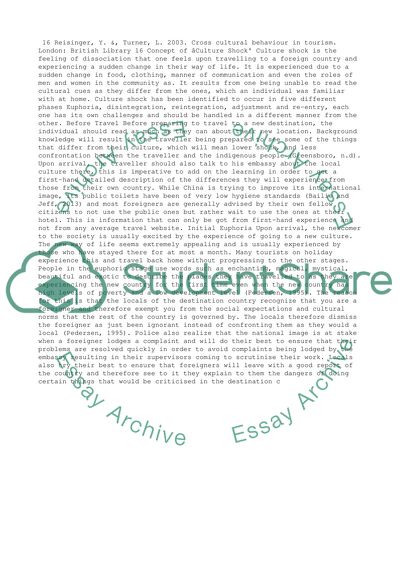Cite this document
(Structure of Culture Shock Essay Example | Topics and Well Written Essays - 4500 words, n.d.)
Structure of Culture Shock Essay Example | Topics and Well Written Essays - 4500 words. https://studentshare.org/business/1481951-structure-of-culture-shock
Structure of Culture Shock Essay Example | Topics and Well Written Essays - 4500 words. https://studentshare.org/business/1481951-structure-of-culture-shock
(Structure of Culture Shock Essay Example | Topics and Well Written Essays - 4500 Words)
Structure of Culture Shock Essay Example | Topics and Well Written Essays - 4500 Words. https://studentshare.org/business/1481951-structure-of-culture-shock.
Structure of Culture Shock Essay Example | Topics and Well Written Essays - 4500 Words. https://studentshare.org/business/1481951-structure-of-culture-shock.
“Structure of Culture Shock Essay Example | Topics and Well Written Essays - 4500 Words”. https://studentshare.org/business/1481951-structure-of-culture-shock.


